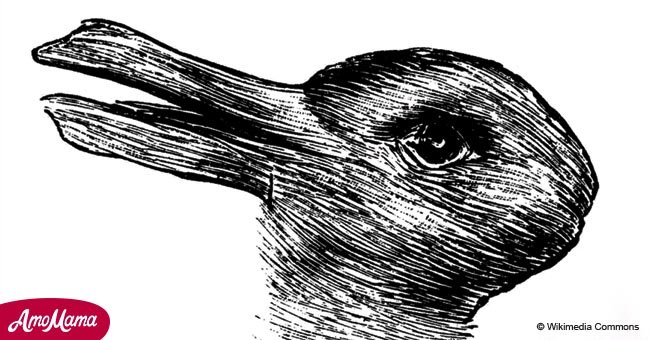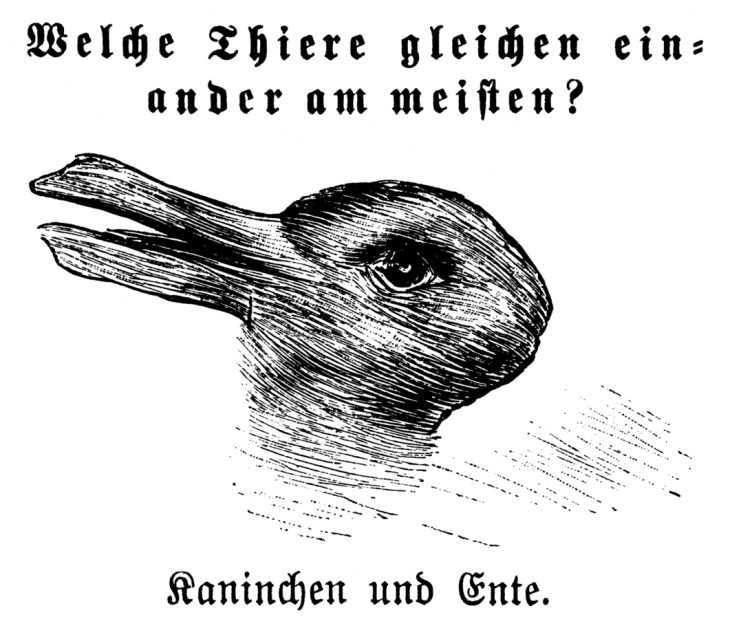
The psychology behind rabbit-duck optical illusion
An aspect of one's personality may be revealed by how he or she sees a drawing.
In 1892, a German magazine first published a drawing, titled "Kaninchen und Ente," which means "Rabbit and Duck" in English.
It caught people's interest after it resurfaced on the internet.
This ambiguous figure was used by American psychologist Joseph Jastrow to study human brain, as reported by Math World.
Along with Necker cube and Schroder stairs, Jastrow used the figure to theorize that perception is not just a product of the stimulus, but also of mental activity.

Source: Wikimedia Commons
Fliegender Blatter, a German humor magazine, published the illustration on October 23, 1892.
It was also published almost a month later in Harper's Weekly.
One interesting finding by researchers is that children tested on Easter Sunday are more likely to see the figure as a rabbit. But when they were tested on a Sunday in October, they tend to see it as a duck.
It is also said that if one can flip quickly between the two animals, that means he or she is creative.
In one research, participants who could quickly see both the rabbit and the duck could also come up with an average of five clever uses for an everyday item. On the other hand, those who only saw one animal could hardly think of two uses for an everyday item.
The illustration is also the inspiration behind the 2009 children's book, Duck! Rabbit! by Rosenthal and Lichtenheld.
The duck-rabbit figure may be considered a classic optical illusion that has been fascinating several generations.
Optical illusions occur as the brain tries to make sense of the world around us by interpreting what we see.
Caused by the visual system, optical illusion is characterized by a visual percept that appears to differ from reality.
